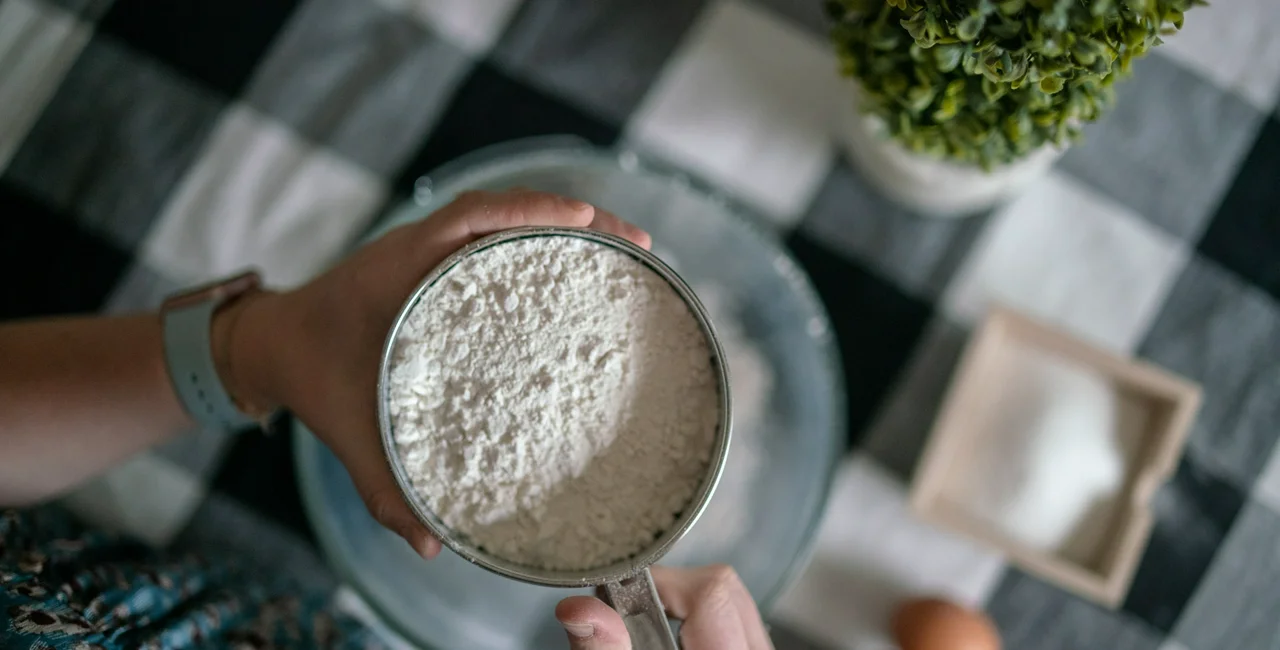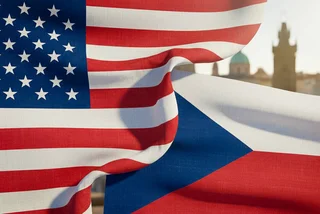This is an update of an article from 2012.
Nothing quite defined spring 2020 like the yeast shortage brought about by the rise in homemade breadmaking. After face masks and toilet paper, a sourdough starter was quite possibly the most sought after item on the market!
PARTNER ARTICLE
There’s no better time for a refresher course on the finer point of Czech flour types. Since we last published this article, gluten-free flours have become widely available though you’ll still want to Czech out the health food store for the best selection of flours from chickpeas, almonds, and other alternatives.
In the Supermarket
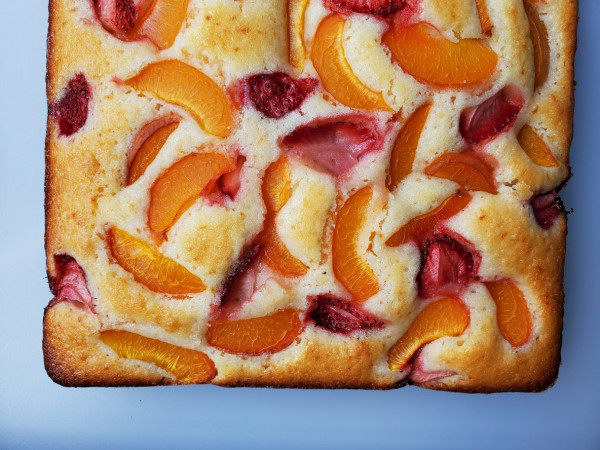
Czech flour (mouka) is wheat flour (pšeničná mouka) that has been divided into four textures.
Hladká, meaning smooth, is the finest grain of flour. In Czech cuisine, it is used for thickening soups and sauces, or in the bases of light sponge cakes and pie crusts, and in pancakes. It is needed for in Czech gingerbread (perníčky) and linecké těsto, the main dough for many Christmas cookies. For anything which has to be light and delicate, this is your flour.
Some recipes recommend it for bread. However, special bread flour (chlebová mouka) is available as well as bread mixes if you’re looking for a shortcut.
Polohrubá is semi-coarse flour. It is an ingredient in traditional Czech cakes such as Czech koláč, bábovka (bundt cake), and sweetened leaven dough (kynuté těsto), the basis of traditional Christmas sweet bread (vánočka), and Easter bread (mazanec).
Hrubá is coarse flour. It can also be used in the Czech cakes mentioned above. The most famous Czech meal it is used in is bread dumplings. However, you can buy the dumpling mix in or near the flour section.
Krupice is the coarsest of all the flours and is similar to semolina. You can make dumplings with it or add it to the batter for lívanečky – a smaller, thicker version of the pancake. It’s the main ingredient in krupicová kaše – a sweet mix of flour, sugar, and milk served up as breakfast or a light dinner. Otherwise, try krupicová polévka, a consomme thickened with krupice.
The whole-wheat flour is celozrnná pšeničná mouka. Celozrnná basically means wholemeal or wholegrain. The term applies to other types of grain flours.
The texture of wholemeal flour is divided into two groups: jemná (or jemně mletá), meaning fine (or finely ground) and hrubá, which is coarse – of course.
Wholemeal flour is not a prominent ingredient in Czech cuisine, but it can replace refined flour in a variety of recipes. However, the presence of bran in wholemeal flour means you’ll have to work with the flour in a different way. This page has some good tips about swapping regular flour for wholemeal.
Another alternative to ordinary wheat is spelt wheat (špaldová mouka). It comes in the wholemeal variety and can be used either as a substitute for regular flour or in combination with it. Some people see spelt as a healthy alternative to regular wheat, though if you have celiac disease, the flour isn’t appropriate because it contains gluten.
Apart from wheat flour, rye flour (žitná mouka) is available in the supermarkets. Rye flour is used in many Czech breads such as the ubiquitous Šumava bread.
If you want to make pumpernickel loaf, you might want to track down pumprniková mouka, which is especially for this purpose.
While not a flour (though it once was), a Czech kitchen would be incomplete without strouhanka – bread crumbs – to make řízek. Bread crumbs are available in the bread section, near the flour, or from bakers’ shops.
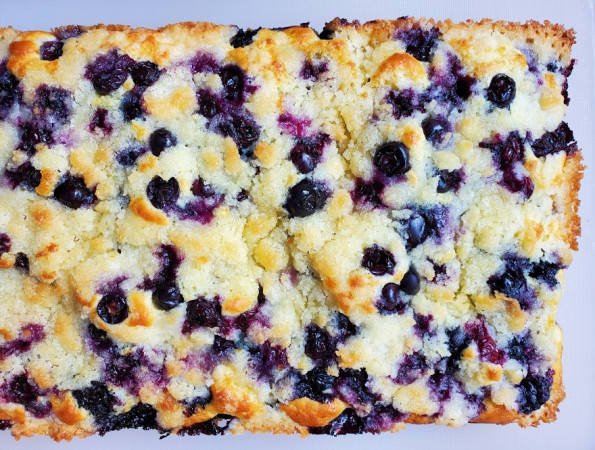
Other Baking Ingredients
One flour you won’t find is self-raising. But baking powder kypřící prášek is stocked in the flour section. There are two varieties on the market: kypřící prášek do pečiva and kypřící prášek do perníku. The latter is for ginger bread.
Dry yeast (droždí) is located nearby too. Jedlá soda is bi-carbonate soda. Instead of vanilla essence, you will usually find vanilkový cukr. These items are usually sold near the flour in 12g to 20g sachets.
Corn starch is kukuřičný škrob. You’ll find it in boxes and sometimes under the brand name ‘Gustin’.
Potato starch (bramborový škrob) is often sold under the name ‘Solamyl’. Because it lacks gluten, the starch can be used in place of flour in Czech classics such as bábovka.
Powdered sugar (icing sugar) is known as moučkový cukr. This sugar is often used as dusting on strudels and bundt cakes. Frosting (icing) powder is sold as poleva.
Grain Flours
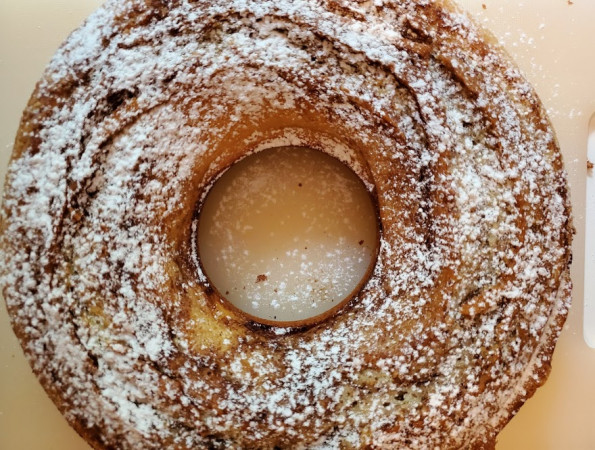
Whole-wheat flour is on sale here, but there are many other types.
Intending to bake some wholemeal cookies? Maybe, you’ll want oat flour (ovesná mouka).
Barley flour (ječná mouka) can be used to replace wheat flour in many traditional foods from breads through pizza bases to, yes, even dumplings. It can be found in larger supermarkets too.
Corn flour or corn meal (kukuřičná mouka) is usually yellow and quite coarse unlike the starch above. It can be used as a gluten-free alternative to thicken soups or to make polenta.
Another alternative for people with celiac disease is millet flour (jáhlová mouka).
Non-Grain Flours
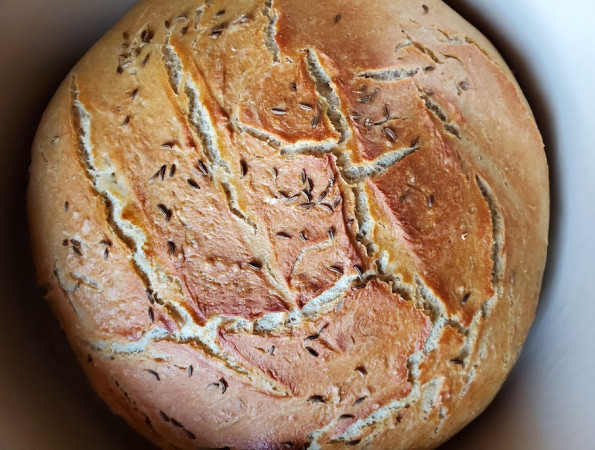
Despite the name, buckwheat is not wheat. It’s not even a cereal, but it is available in the stores here. You will find either the whole (kroupy) or cracked (lámanka). Be sure it has buckwheat written on it, because the kroupy can be used for any husked grains. Buckwheat flour (pohanková mouka) is more often stocked in health food stores. One use of buckwheat is in vegetarian karbanátky.
Potato flour (bramborová mouka) is flour made from ground dried cooked potatoes, whereas the starch is an extract from the potato. Potato flour can be used to make gluten-free bread.
Another gluten-free alternative is rice flour (rýžová mouka). Suffice to say, this is not a major part of Czech cuisine. In many other cuisines, it’s an important ingredient and there are oodles of recipes – and not just for noodles.
For soy flour (sojová mouka) and amaranth flour (amarantová mouka), you’ll need to head to a health food store or order online.
What are your favorite Czech baked goods?












 Reading time: 5 minutes
Reading time: 5 minutes 